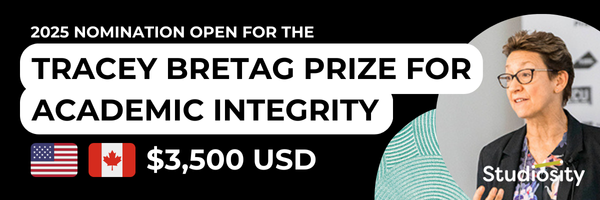After Brandon Nelson died in 2022, while performing routine maintenance on a giant shovel system in the oilsands three years ago, the employers and contractors involved pleaded guilty under provincial occupational health and safety laws, and were fined.
Under creative sentencing, instead of that money going to the province, it's paid to a third party typically a safety association or post-secondary institution to use to address occupational health and safety concerns. In this case, the $1.24 million fine will fund research and industry engagement that explores the psychology behind work-based safety.

Thomas O'Neill will use creative sentencing funds for occupational safety research. Photo Credit: Tom O'Neill
"Safety can be viewed as just another behavior in the workplace. What are the variables that would influence a safer decision versus a less safe decision?" says Dr. Thomas O'Neill, BA'05, PhD, organizational psychologist and professor in the Department of Psychology in the Faculty of Arts, and project lead.
Working with researchers at Mount Royal University and the University of Alberta, O'Neill will explore various human and organizational factors of the workplace, including a person's individual risk tolerance and their relationship with their immediate boss.
"Some supervisors create a style where it's psychologically safe to speak up and express concerns about the danger involved in a job, whereas other supervisors make you feel like you'll be punished for doing that," he says.
Another factor the researchers will explore is a worker's relationship with their colleagues; the crew dynamics. "The team that you're working with, the crew, will tend to develop norms that are safety conscious or norms that are around cutting corners to get the job done."
Rather than delivering results applicable to only the three companies involved, O'Neill's work is intended to improve training and other health and safety programs across mining and construction in Alberta.
"It's about industry trends and creating awareness and creating solutions in Alberta," he says. "And there's certainly the possibility of extending it beyond Alberta."
Nelson died instantly when a pendant line in the shovel system he was working on dropped on him. The drop may be related to the lack of a common standard for training workers in rigging and lifting operations.
"You have all of these various training companies and institutions that train in their own ways, and it's created confusion," says O'Neill. "It's quite a technical and high-risk activity, and very common as well. But unfortunately, practices tend to vary widely from worker to worker and site to site." There is no accreditation body that ensures work is being done to manufacturer specifications or to a common standard.
The researchers will convene an Alberta-based panel of experts in rigging and hoisting to develop a unified competency standard for training workers in the province, which eventually will pave the way for a national standard. The companies involved in the fatality are invited, but not mandated, to take part in the research. As well as a competency standard for Alberta rigging and lifting, the project will create tools to support workers.
O'Neill has met with Nelson's family, some of whom also work in the oilsands. He says they are also invited to contribute "however they feel comfortable," to the research.
"They understand the industry and they understand what it's like working in these environments and the risks that people take and how management makes decisions. So, they have a lot of expertise and knowledge to contribute. We hope to make some good out of this tragedy and do right by Brandon's family and friends."












